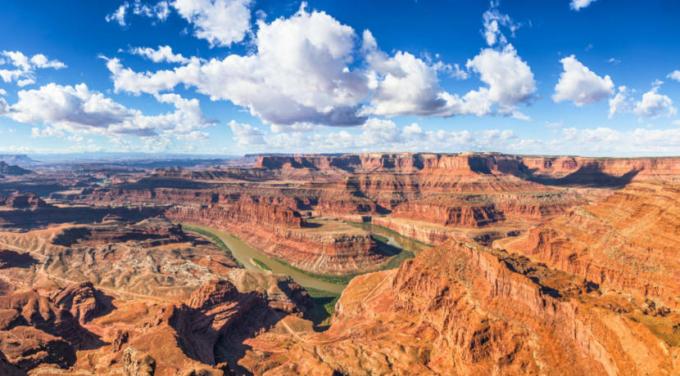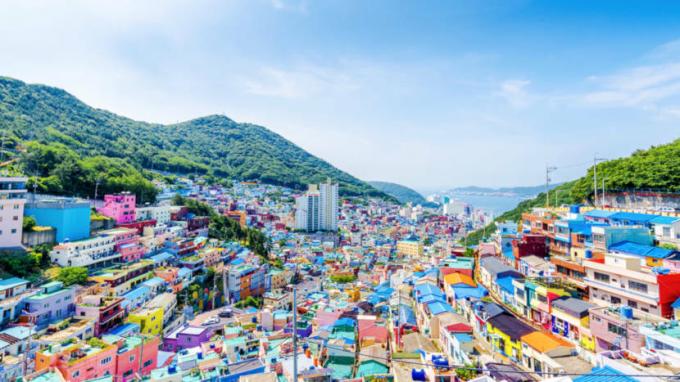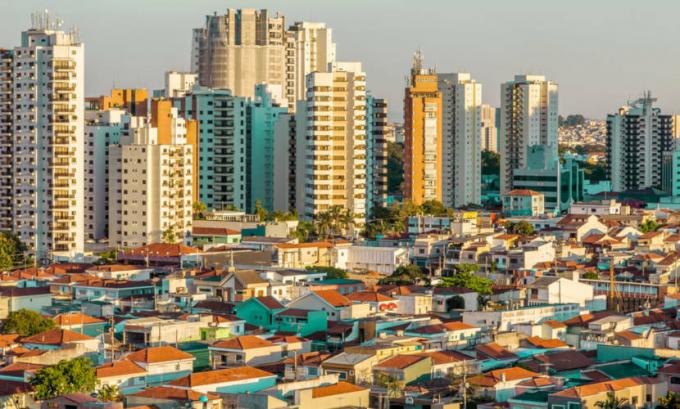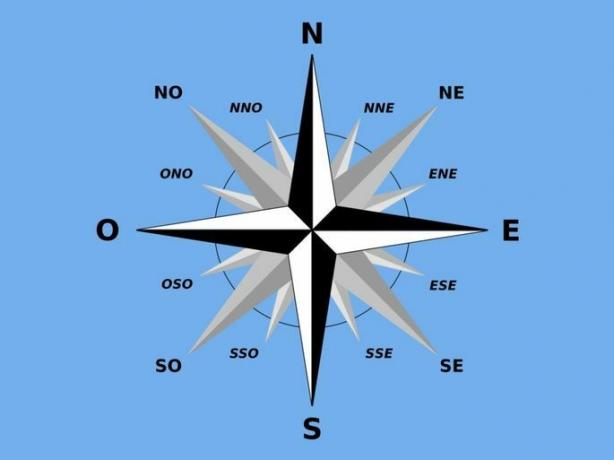Natural landscape and cultural landscape they are differentiated by the analysis of the elements that compose them. Natural elements and cultural elements form them and allow us to differentiate them. At sights are areas which our senses (sight, smell, touch and hearing) are able to observe and make a possible interpretation of them. Movement, Colors, smells and sounds they are part of a landscape.
Many, when asked about what a landscape is, end up answering that it is everything that is beautiful, therefore, everything that is related to aesthetics. However, actually landscape is everything we can perceive according to our senses, regardless of visual interpretation what we do.
What is natural landscape?
Natural landscape is the environment that only presents elements of nature, that is, in this type of area there is no human intervention. Its natural characteristics are, therefore, preserved, they do not undergo any type of modification that is not of a natural order.
On Earth there are many places that have natural landscapes. The most remote places, with adverse conditions to human life, are natural landscapes. dense forests and preservation areas also correspond to landscapes of this type.
Usually its elements are: trees, rivers, waterfalls, mountains, mountain ranges and glaciers. These change over time, but this change is made by elements of nature itself, such as winds, rains and action of the sun's rays.
It is important to say that we can find natural landscapes among cultural landscapes. Environmental preservation areas or parks, like the famous Central Park in New York, in U.S, are examples of this.
Read too:What is geographic space?

Natural landscape is one that has not suffered human intervention.
→ Example of natural landscape
There are examples of natural landscapes that, despite not undergoing anthropic changes, are widely visited by tourists from around the world.
Grand Canyon

Grand Canyon is a natural fault located in the United States.
O Grand Canyon is located in the United States, in the state of Arizona. This landscape is a stunning valley of approximately 445 kilometers long. It is a natural fissure sculpted by erosive processes especially related to the action of the waters of the Colorado River.
Snow, rain and winds have also changed the landscape over the years. The reddish-colored steep hills attract thousands of tourists, configuring themselves as one of the most beautiful natural landscapes in the world.
What is cultural landscape?

Cultural landscape is one that suffered human interventions.
cultural landscape it is the environment that presents natural elements and cultural elements, that is, it is the environment that already suffered human intervention. We know that human beings, since the beginning of their existence, establish relationships with the environment in which they live using the natural resourcesavailable for your survival and adapts it according to your needs.
The insertion of cultural elements takes place according to the construction of the geographical space, thus expressing the culture of certain societies. The cultural landscapes present greater dynamicity, because they are in constant change.
The creation of cities is a great example of a modified landscape. The main symbols of a cultural landscape are the civil constructions, such as houses, buildings, bridges and roads. These symbols mark the social presence and identify the landscape.
Unlike natural landscapes that undergo changes over time and more slowly, cultural landscapes they change quite quickly and often drastically changing completely.
See too:What is anthropic action?
→ Example of cultural landscape
Cultural landscapes are under our vision all the time, they are part of our daily lives.
Great Wall of China

The Great Wall of China is a huge fortification that crosses Chinese territory.
The Great Wall is a construction of approximately 21 kilometers long and about seven meters high, located in China. The construction was motivated by the invasion containment of some nomadic groups, it took place between 220 BC. Ç. and 206 a. Ç. and its responsible was the first emperor of China, Qin Shi Huang. The construction is so big that it can be seen from the moon. The Great Wall of China represents human intervention in the midst of a natural landscape.
Brazilian natural landscape

Bonito is a Brazilian municipality that has several natural landscapes.
Brazil is a country of continental extension and has a large diversity (cultural, biological and even landscape). We can find several examples of natural landscapes, such as dense tropical florests, the various conservation units and the national parks. A beautiful example of natural landscape is the municipality of Bonito, located in Mato Grosso do Sul.
Beautiful it is one of the most beautiful Brazilian destinations, which attracts tourists who seek to connect with the natural elements present in its landscapes. You crystal clear rivers, at caves, at waterfalls and the caves they are symbols of this natural landscape.
See too: Regions of Brazil
Brazilian cultural landscape

São Paulo is a great example of a cultural landscape.
Brazil, in the period of its colonization, presented territories never before explored by human beings. Despite the presence of natives in the national territory, many regions were untouched. With the occupation of Europeans and their expansion through the territory, the Brazilian landscape changed.
Throughout history, the geographic space changed completely through the urbanizationand the appropriation of human beings according to their needs. O population growth it also influenced the changing landscape. Houses, buildings and others civil constructions they took the place of natural landscapes and today correspond to the cultural landscapes of our country. A great example of urban agglomeration and cultural symbols is the city of Sao Paulo.
See too:Cities, the occupation of urban space



